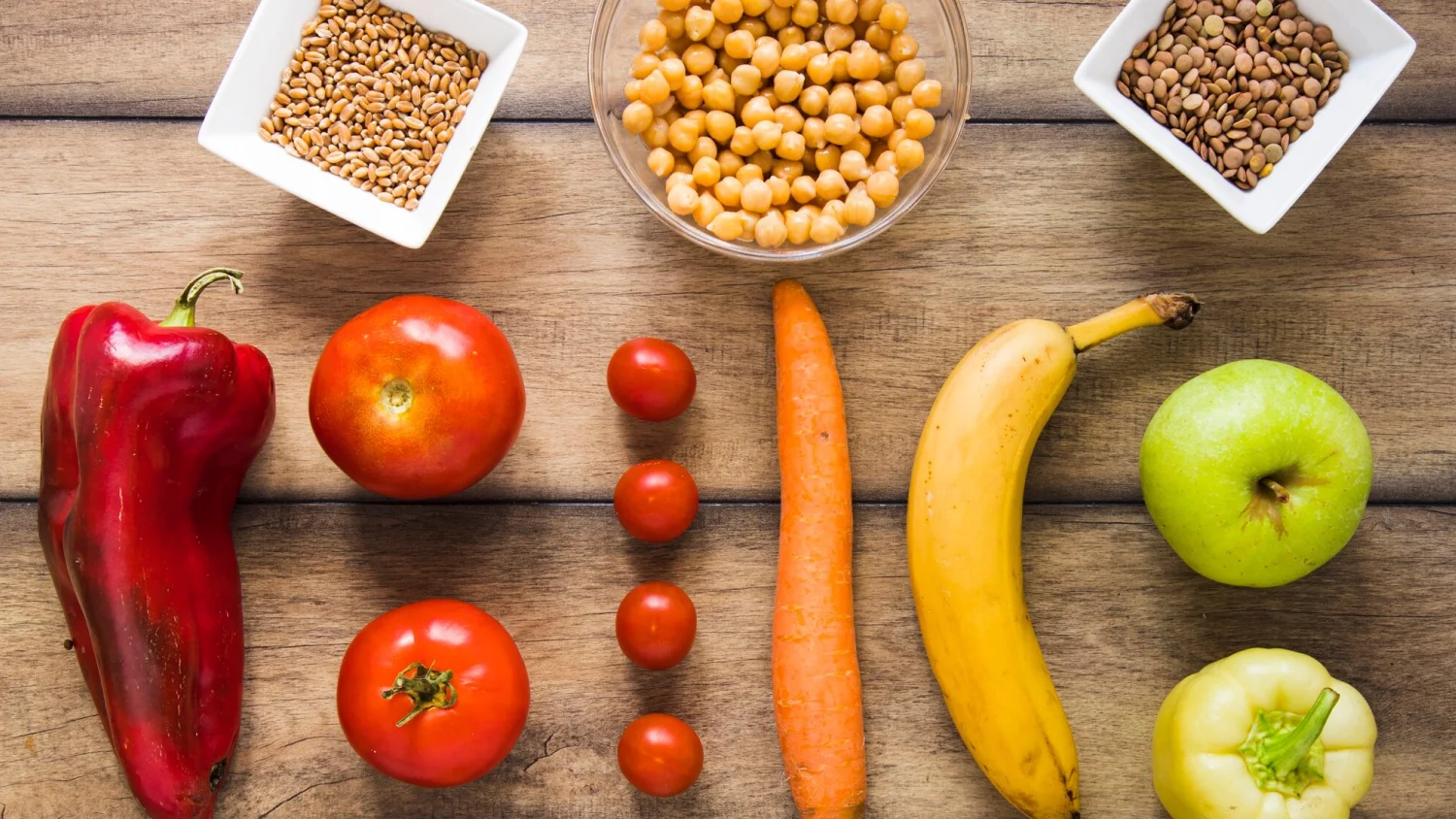
Boost Your Fiber Intake with These 10 Nutritious Foods
Fiber is a vastly under-consumed nutrient that plays a vital role in our overall health and well-being. From promoting good digestion to helping reduce cholesterol levels, the benefits of getting enough fiber are widely known. Though the FDA recommends consuming 25-30 grams of fiber per day from food sources, yet most people struggle to meet even the low end of that range.
Making an effort to incorporate more high-fiber foods into your diet can pay off tremendously. Fiber-rich foods tend to be more filling and satisfying, which can prevent overeating. They also support regular bowel movements and may reduce your risk of chronic diseases like heart disease, diabetes, and certain cancers when consumed long-term.
If you're looking to bump up your fiber intake in a delicious way, add these 10 fiber-rich foods:
1. Lentils
With a whopping 15.6 grams of fiber per cooked 240 ml cup, lentils reign supreme in the fiber department. They are also an excellent source of plant-based protein, folate, iron, and other nutrients. The hearty texture and earthy flavor of lentils make them endlessly versatile for soups, stews, veggie burgers, and more.
2. Black Beans
Like lentils, all varieties of beans deliver an impressive fiber punch. Black beans edge out other types with 15 grams of fiber per cup (a usual cup in recipes represents around 240 millilitres.) Their dense, creamy texture and subtle flavor make them an incredibly versatile ingredient for Mexican dishes, salads, dips, and more.
3. Raspberries
Among fruits, raspberries are the fiber leaders with 8 grams per cup(in India, a regular cup in recipes equals around 240 milliliters). The tiny edible seeds contribute to their high fiber count. Raspberries are also packed with vitamin C, and antioxidants and make a sweet, nutritious addition to desserts, breakfast foods, and snacks.
4. Pears
Portable and delicious, pears offer 5.5 grams of fiber per medium-sized fruit with the skin on. Most of the fiber is found in the peel, so be sure to leave that nutrient-dense outer layer intact. Pears make a perfect grab-and-go snack or addition to salads and baked goods.
5. Broccoli
Just one cup of approximately 250ml of cooked broccoli provides 2.4 grams of fiber along with a host of other vitamins, minerals, and antioxidants. This cruciferous veggie can be enjoyed raw with hummus or ranch, steamed, roasted, or tossed into salads, stir-fries, and more.
6. Air-Popped Popcorn
You may be surprised to learn that plain, air-popped popcorn qualifies as a whole-grain and fiber-filled snack. A 3-cup (750 ml) portion contains 3.5 grams of fiber, largely from the outer hull of the popcorn kernel itself. Just avoid loading it with butter and salt for a healthier option.
7. Oats
Steel-cut, old-fashioned, or instant, oats are brimming with a type of soluble fiber called beta-glucan that has been shown to help lower harmful LDL cholesterol levels. With 4 grams of fiber per cooked cup (240ml), oats make a fantastically nutritious and filling breakfast choice. Top with fruit, nuts, cinnamon, or a drizzle of maple syrup.
8. Chia Seeds
Don't let their tiny size fool you - chia seeds pack a major fiber punch with nearly 10 grams per ounce! The soluble fiber in chia forms a gel-like substance when mixed with liquid, which promotes feelings of fullness. Sprinkle chia seeds onto yogurt, cereals, and salads, or blend them into smoothies.
9. Avocados
While avocados are renowned for their heart-healthy monounsaturated fat content, they also excel in the fiber category, with 6.7 grams in just half an avocado. The majority of the fiber in avocados comes from the fleshy insides as well as the thin, edible green skin or peel.
10. Artichokes
These veggies may take a little extra prep work but their impressive 6.9 grams of fiber per cooked artichoke make them well worth the effort! With a mild, versatile flavor, artichokes can be steamed, roasted, or incorporated into dips, salads, pasta, and more.
Conclusion
Fiber is an important ingredient that may aid in weight loss, blood sugar control, and constipation relief. The suggested daily allowance for women is 25 g and 38 g for men, yet most Indians do not consume this amount of fiber.
Including some of the foods listed above in your diet can boost your fiber intake.
Level up your diet with our services. Consult a dietitian.
FAQs
1. How can I improve my fiber intake?
Including oatmeal, lentils, and fresh fruits and vegetables in your diet is an effective approach to boost your fiber consumption. Choose skin-on fruits and potatoes, as well as wholemeal bread over white bread. If you are not used to consuming a lot of fiber, gradually increasing your fiber intake over several days can help reduce gas and bloating.
2. What foods are high in fiber?
Lentils, pears, celery, leafy greens, and oats are high in fiber. However, fiber comes in several forms. Different people consume various amounts of specific foods, making it difficult to determine which food contains the most fiber for nutritional needs.
3. Which ten foods are the highest in fiber?
Brussels sprouts, avocado, almonds, chia seeds, split peas, oats, apples, pears, and chickpeas are a few of the best foods to include in the diet. Nonetheless, maintaining a balance of nutrients in your diet is crucial. It is important to take into account not only the fiber content of food but also its calorie and nutrient content per 100 g.
Related Topics
Categories
All
Mutual Funds
NPS
Health Insurance
EPF
Chat with us
